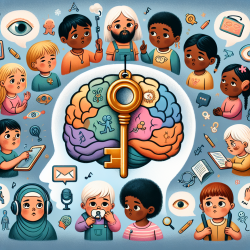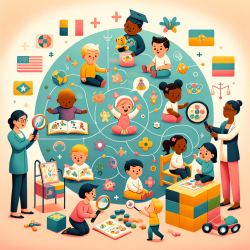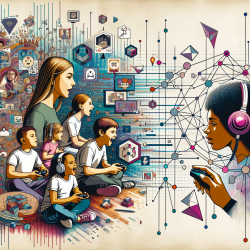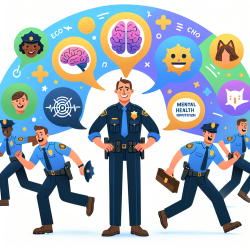Empowering Practitioners: Bridging the Gap in Mental Health for Justice-Involved Youth
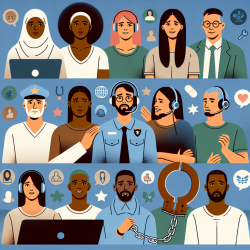
The mental health needs of justice-involved youth are complex and multifaceted, as highlighted in the recent research article "Sex differences in youth with mental health problems in inpatient, outpatient and youth justice settings." This study, conducted in Ontario, Canada, sheds light on the unique challenges faced by youth in the justice system compared to their peers in inpatient and outpatient mental health services. As practitioners, it is essential to leverage these insights to improve our therapeutic approaches and interventions.
Understanding the Findings
The study involved 755 youth aged 16-19 and used the interRAI child and youth suite of instruments to assess internalizing and externalizing concerns and exposure to traumatic life events. Key findings include:
- Youth in the justice system reported higher levels of cumulative trauma compared to their peers in outpatient settings.
- Males in the justice system had higher cumulative trauma than male outpatients but not inpatients, while females in the justice system reported higher cumulative trauma than both female inpatients and outpatients.
- Justice-involved youth exhibited lower internalizing symptoms (e.g., anxiety, depression) but varied externalizing symptoms (e.g., aggression) compared to inpatients and outpatients.
Implications for Practice
These findings underscore the importance of tailored interventions for justice-involved youth, particularly considering the distinct trauma profiles and mental health needs based on sex differences. Here are some strategies practitioners can implement:
Trauma-Informed Care
Adopt a trauma-informed approach that recognizes the pervasive impact of trauma on justice-involved youth. This involves:
- Creating a safe and supportive environment where youth feel understood and respected.
- Using trauma-specific interventions to address the complex trauma histories of these youth.
Gender-Specific Interventions
Develop and implement gender-specific programs that cater to the unique needs of male and female youth. For example:
- Programs like Girl’s Circle can help female youth build resilience and improve well-being by focusing on body image, interpersonal relationships, and emotional expression.
- For males, interventions that address aggression and behavioral issues while promoting emotional regulation can be beneficial.
Integrated Care Models
Foster collaboration between mental health services, juvenile justice systems, and educational institutions to ensure a holistic approach to care. This can include:
- Regular communication and shared case management plans among service providers.
- Utilizing common assessment tools like the interRAI suite to facilitate continuity of care across different service sectors.
Encouraging Further Research
The study highlights the need for continued research to explore the longitudinal impact of trauma and mental health interventions on justice-involved youth. Practitioners are encouraged to:
- Engage in or support research initiatives that aim to better understand the pathways to justice involvement and the effectiveness of different therapeutic approaches.
- Stay informed about the latest research findings and incorporate evidence-based practices into their work.
To read the original research paper, please follow this link:
Sex differences in youth with mental health problems in inpatient, outpatient and youth justice settings.
Citation: Stewart, S. L., Thornley, E., Lapshina, N., Erickson, P., Vingilis, E., Hamilton, H., & Kolla, N. (2020). Sex differences in youth with mental health problems in inpatient, outpatient and youth justice settings. BMC Psychiatry, 20, 11. https://doi.org/10.1186/s12888-019-2413-z



